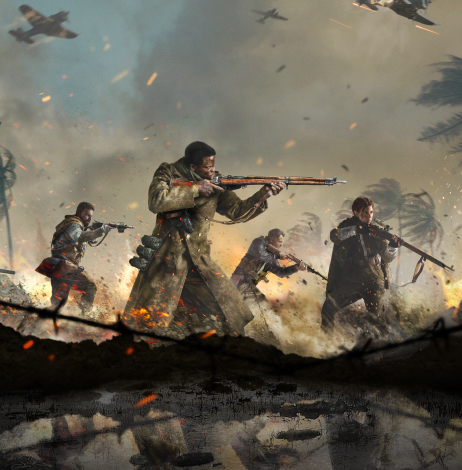

This enthusiasm meant that his depictions of everything from trawlers to destroyers and barrage balloons dominated an exhibition at the National Gallery in 1940, where regular exhibitions were held of WAAC-commissioned work throughout the war. Ravilious wrote that he felt ‘like an earwig setting out to draw Buckingham Palace’. Courtesy the Potteries Museum & Art Gallery. The WAAC snapped him up in 1940 and he spent most of the war years painting shipbuilding at Port Glasgow.īarrage Balloons at Sea, Eric Ravilious, 1940. Although requested to be a war artist in the First World War, his regiment did not release him until he was invalided in 1919. The WAAC had conservative taste and was looking for representative work, shying away from abstracts.

Of the work he produced on the subject of an underground bomb shelter, only two drawings were considered satisfactory. CRW Nevinson was most offended to have some of his work rejected, likewise David Bomberg was hurt to receive no commissions until 1942. The WAAC looked to the soldier-artists of the First World War, with varying success. Where to see work by Piper: The Herbert, Coventry Renishaw Hall Imperial War Museum He was too young to have served in the First World War, but his elder brother did, and was killed at Ypres. Presented by the War Artists Advisory Committee 1946.Īlthough Piper’s work does not feature people, the emptiness of the destroyed buildings gives a sense of human loss. On display at Tate Britain, room 23 until August 2005. St Mary le Port, Bristol, John Piper, 1940. Coventry Cathedral, Lansdowne Chapel in Bath, St Mary le Port in Bristol, and All Saints in Knowle are all depicted shattered windows, jagged walls and rubble-strewn altars open to the skies. In particular, Piper turned to collateral damage: ruined churches.
.jpg)
John Piper also took destruction as his starting point, being appointed by the WAAC to paint scenes of bombed out Bristol, Bath and Coventry – probably because he was known for architectural subjects in his past work. Where to see works by Graham Sutherland: Manchester Art Gallery Imperial War Museum Tate Britain University of Liverpool Art Gallery Here, he created some of his most forceful gouaches of devastation. When he found the flying-bomb sites he had been asked to record, at St Leu d’Esserent and the marshalling yards at Trappes, he was greeted by upheaved engines, broken boilers and strewn parts. Towards the end of 1944, just after Paris was liberated, Sutherland was sent to France. © Manchester City Galleries, presented by HM Government War Artists' Advisory Committee. Press for Making Shells, Graham Sutherland, 1941. His fascination with the Underground shelters faded, however, when the authorities equipped them with bunks and washing facilities, which made them lose their ‘drama and strangeness’, he said. The WAAC bought Moore’s shelter drawings and he accepted a commission to draw more. He was once gassed, but survived it all, finishing up with the rank of Corporal. He declined to be one of their official artists, perhaps because he had served in the previous war, as a bayonet instructor. If it had not been for this experience, Moore might not have produced any work for the WAAC. All the people are faceless – no detail or expression is needed to sense the cramped and airless situation of these Londoners, all waiting, blindly, to see what fate their city has met while they look at the long tiled walls of their shelter. He returned again and again to the Underground during bombing raids, producing black and white drawings of figures lying down, hunched and sitting, in intimate ad hoc groups. © Henry Moore Foundation, courtesy Wakefield Museum & Art Gallery.


 0 kommentar(er)
0 kommentar(er)
